Resources:
Whitepapers
Written by our student wellbeing experts Linewize whitepapers address pertinent topics to school IT and wellbeing leaders. We update them regularly. Check back soon.
Browse our whitepapers
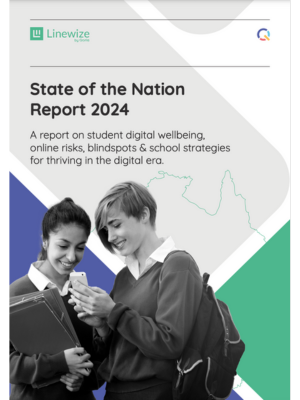
Whitepaper
Student Digital Wellbeing:
State of the Nation Report 2024
State of the Nation Report 2024
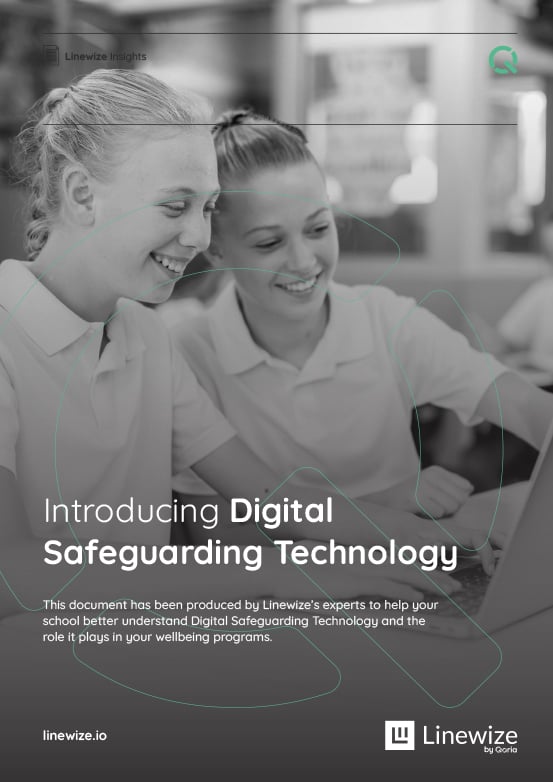
Whitepaper
Introducing Digital Safeguarding Technology
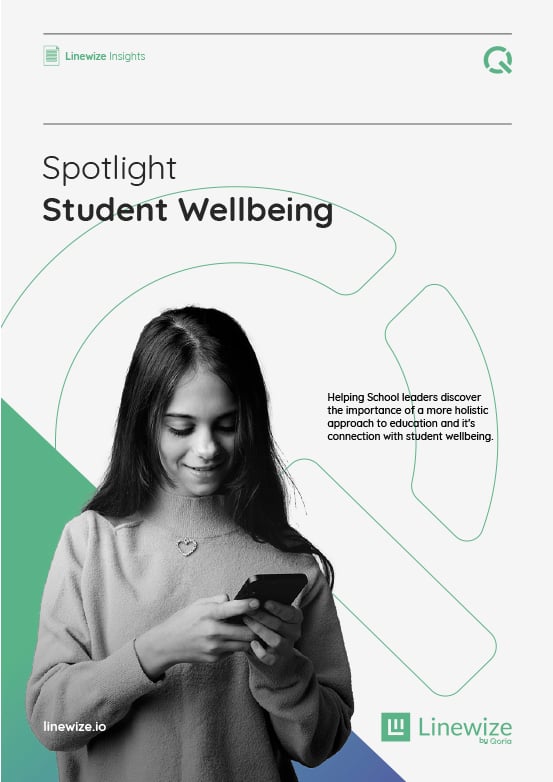
Whitepaper
Spotlight Student Wellbeing
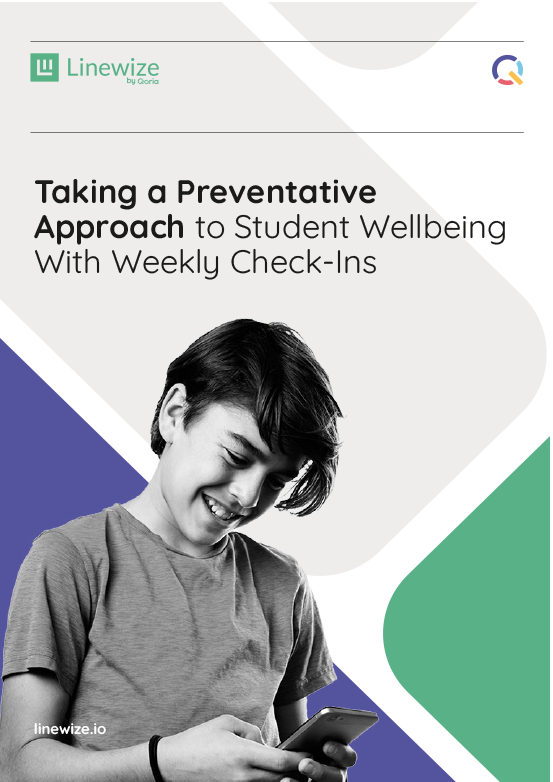
Whitepaper
Taking a Preventative Approach to Student Wellbeing With Weekly Check-ins
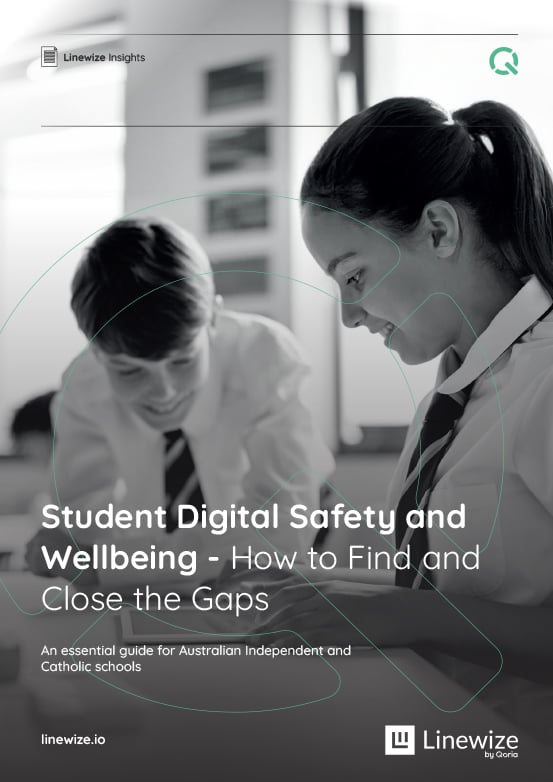
Whitepaper
Student Digital Safety and Wellbeing How to Find and Close the Gaps
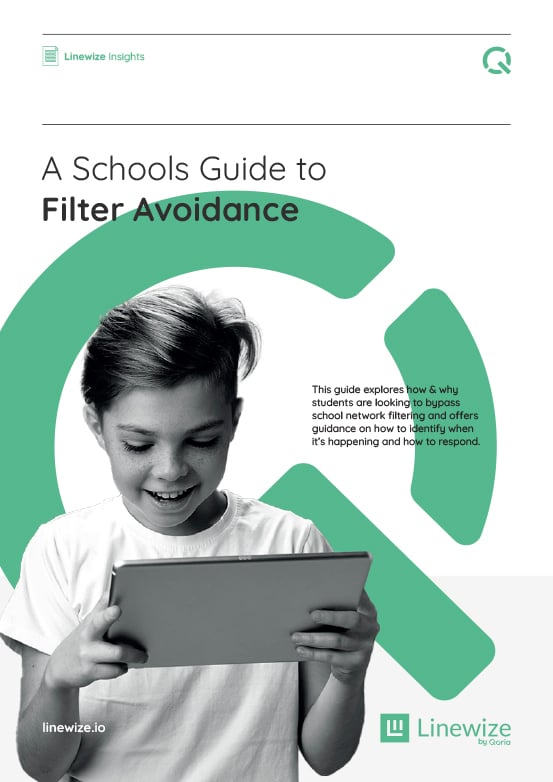
Whitepaper
A Schools Guide to Filter Avoidance
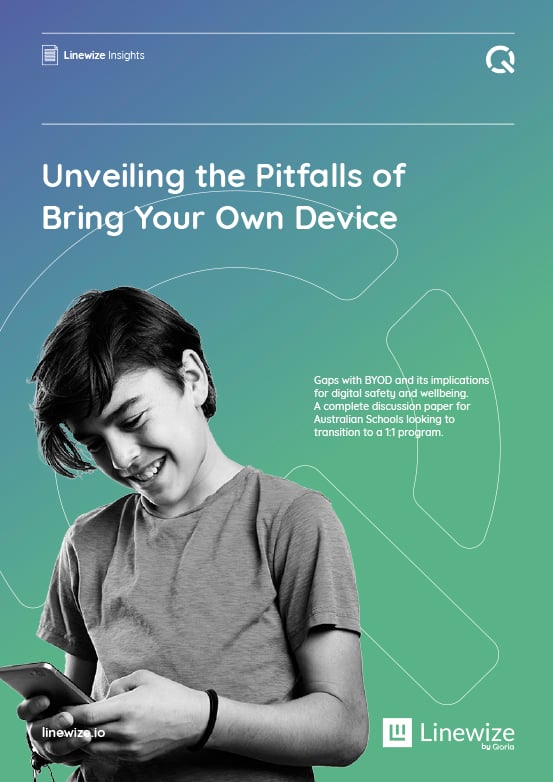
Whitepaper
Unveiling the Pitfalls of Bring Your Own Device
Let's connect
Talk to us
Talk to an expert or book a demo. Our Digital Wellbeing experts are waiting to help.